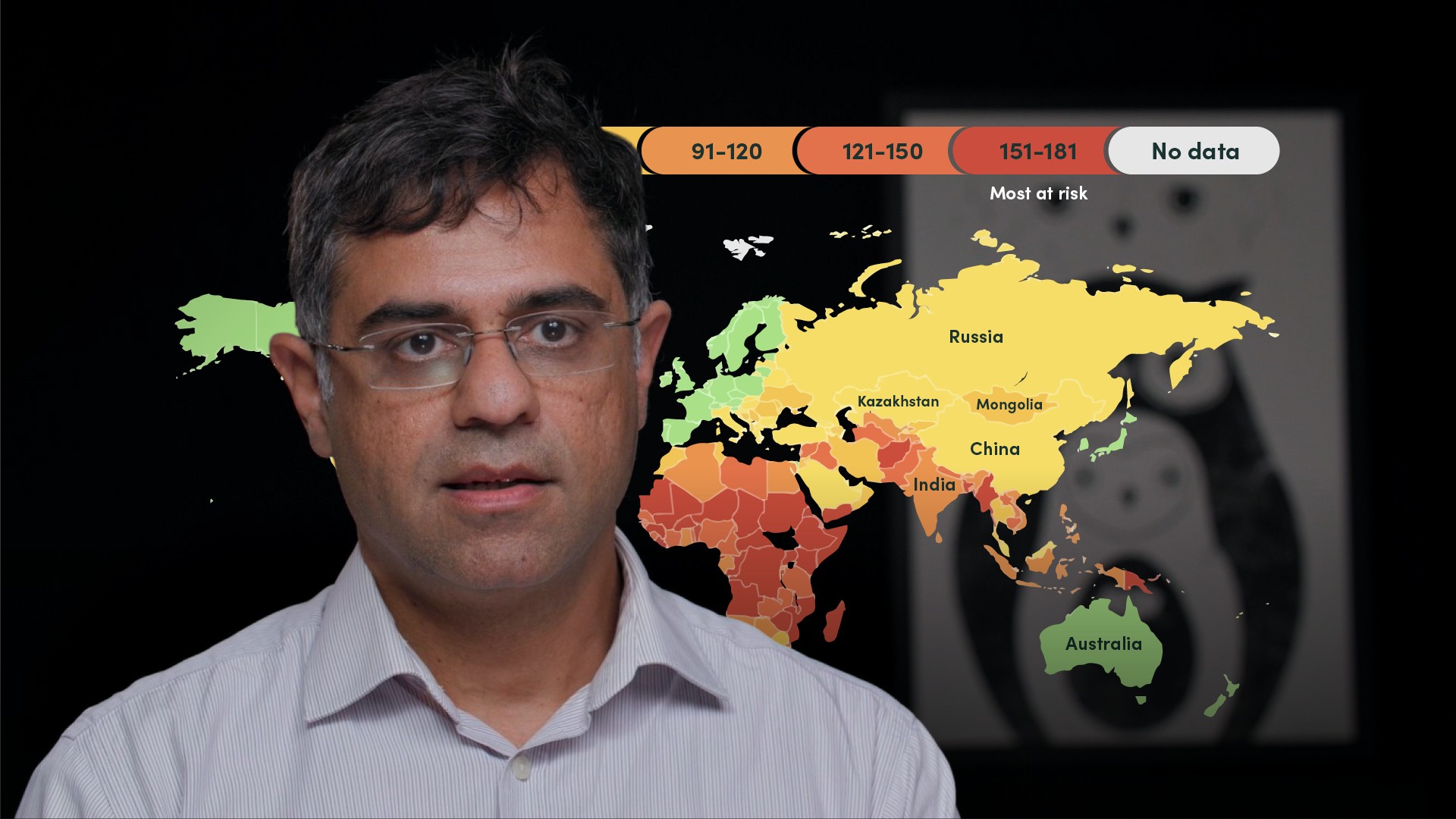
Integrated Assessment Models I

Amit Kara
30 years: Macroeconomist
In the fifth video of this series on the Macroeconomics of Climate Change, Amit focuses on models that are used to assess the economic impact of climate change. The class of models he discusses is this video are Integrated Assessment Models or IAMs. Amit outlines why IAMs are the most widely used models among social scientists specialising in climate-related issues.
In the fifth video of this series on the Macroeconomics of Climate Change, Amit focuses on models that are used to assess the economic impact of climate change. The class of models he discusses is this video are Integrated Assessment Models or IAMs. Amit outlines why IAMs are the most widely used models among social scientists specialising in climate-related issues.

Integrated Assessment Models I
11 mins 5 secs
Key learning objectives:
Define Integrated Assessment Models
Outline the key components of an IAM
Understand how the climate module can be used to assess the economic impact of climate change
Overview:
Amit focuses on models that are used to evaluate the economic consequences of climate change in this video. The models he'll talk about are known as Integrated Assessment Models, or IAMs, and the reason for choosing these over others is that IAMs are the most widely used by social scientists who specialise in climate-related problems.
What are Integrated Assessment Models?
Integrated Assessment Models are a class of models that integrate specialist models from different disciplines. IAMs in climate change policy analysis reflect the multidisciplinary nature of the challenge by bringing together models in natural sciences, economics and policy.
How has IAM emerged to be increasingly important?
IAMs have been widely featured in the work of the Intergovernmental Panel on Climate Change (IPCC) and other seminal assessments on the economic impact of climate change, such as the Stern Review, published in 2006. A key feature of these models is that they combine the natural science of climate change with climate policy and the economy.
What are the key components of an IAM?
A typical IAM brings together climate science with economics and policy response. There are three categories each for both climate and economic modules. Carbon emission, carbon concentration and climate impacts relate to the climate model, while the economic impacts, abatement cost and economic dynamics describe the economy and policy response. There are many versions of these models and they come with different levels of complexity and granularity. The richest of these can contain close to half a million variables.
How can the climate module be used to assess the economic impact of climate change?
We'll start with the first block under the climate module which is carbon emission. This block comprises a set of equations that describes the amount of CO2 that is generated each year. The vast bulk of carbon dioxide emissions come from natural sources such as volcanic eruptions. Only a small part of annual CO2 emissions is from anthropogenic or human activity. Depending on the complexity of the model, the carbon emissions block contains multiple equations that explain these elements of the science. Emissions, in these models, are measured in megatonnes of carbon.
The net effect of human and natural emissions and absorption over time is the stock of CO2 in the atmosphere. The set of equations that converts the flow of CO2 into stock sits in the block called Carbon Concentration. The concentration of CO2 in the atmosphere influences average temperature as well as other climate consequences like the frequency and intensity of extreme weather occurrences. A typical set of equations in this box will build a link between CO2 concentrations and world average surface temperature.
Understand the relationship between Temperature and Economics.
There is a large body of research that suggests a link between temperature and the economy's productive capacity. Economists summarise the productive capacity of the economy in an equation known as the production function. A typical production function will include capital, which you can think of as infrastructure assets, such as roads and bridges, and plant and machinery. The production function also includes labour, which is the proportion of the population that is willing and able to work. There are various adaptations of this standard production function that allow for the impact of climate change. One could group these variants into two buckets – those that add to the level of GDP and others that damage the rate of GDP growth.
A recent study shows that there is an optimum temperature at which labour is most productive and that this optimum temperature is 13 degrees centigrade. This suggests that cold regions where the average temperature is below 13 degrees will benefit from climate change and regions where it is already above 13 centigrade will suffer. However, in the longterm, if the term (1 − 𝐷𝑡) is between 0 and 1, then productivity tomorrow is lower than productivity today.
Climate change has very wide and complex effects on the economy and nature more generally, says Andrew Keen. There is no such thing as an optimum temperature for the whole world, he argues. Global warming may be good for parts of the world that are currently very cold, but there are many good reasons to challenge this conclusion.

Amit Kara
There are no available Videos from "Amit Kara"





















